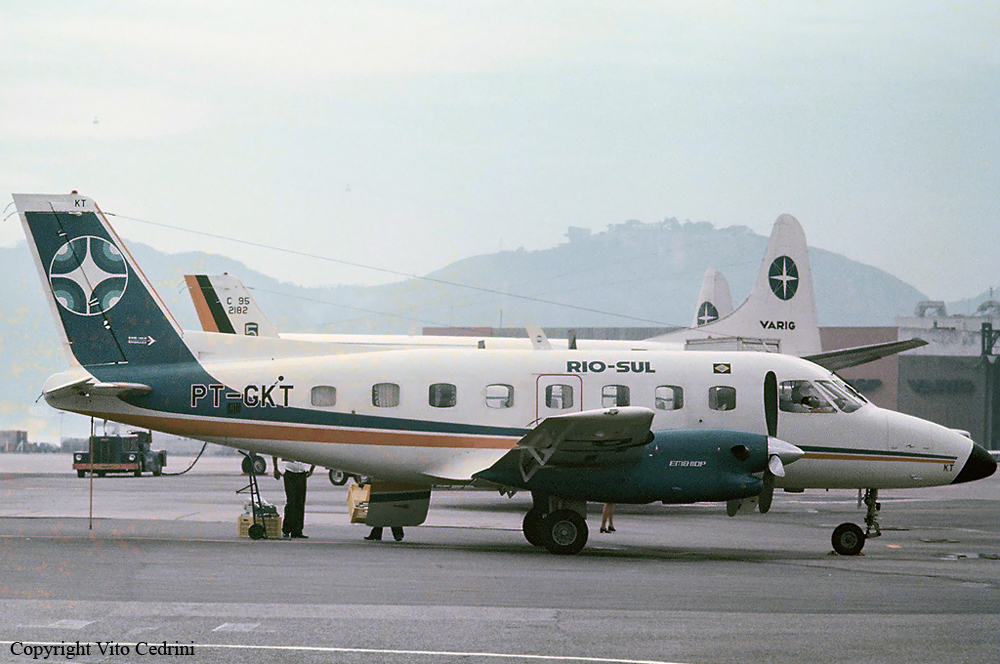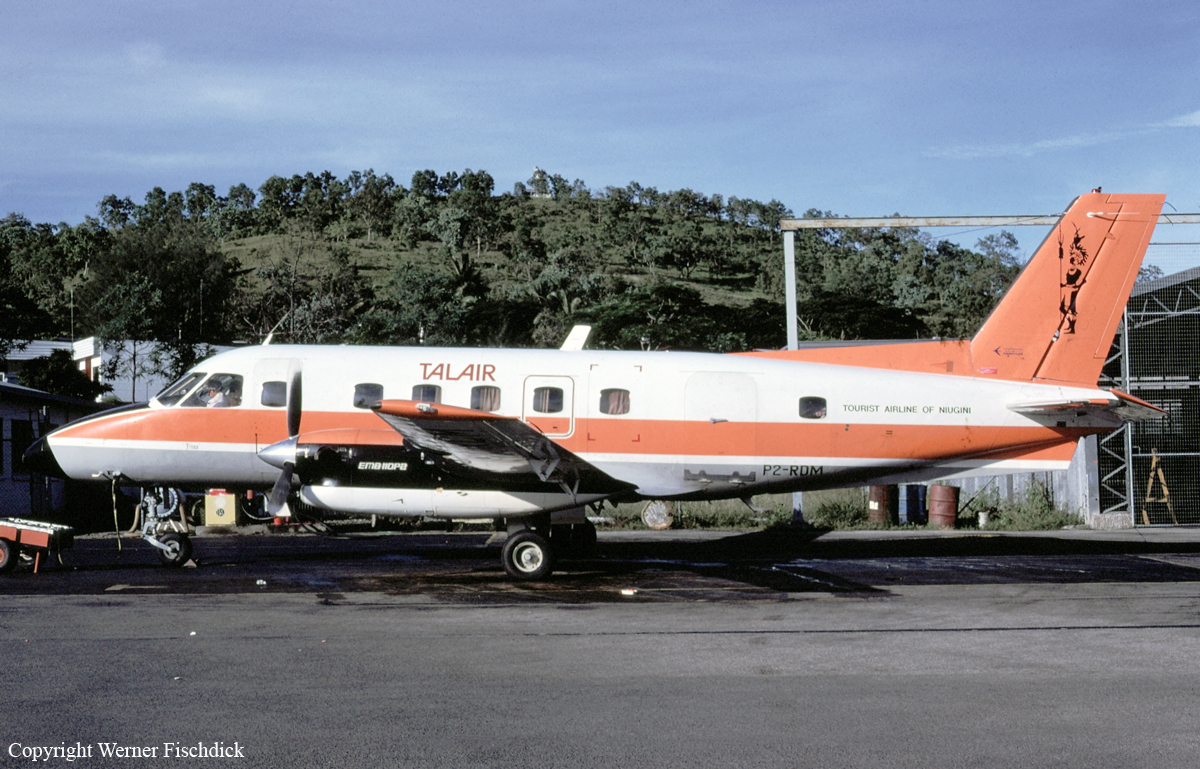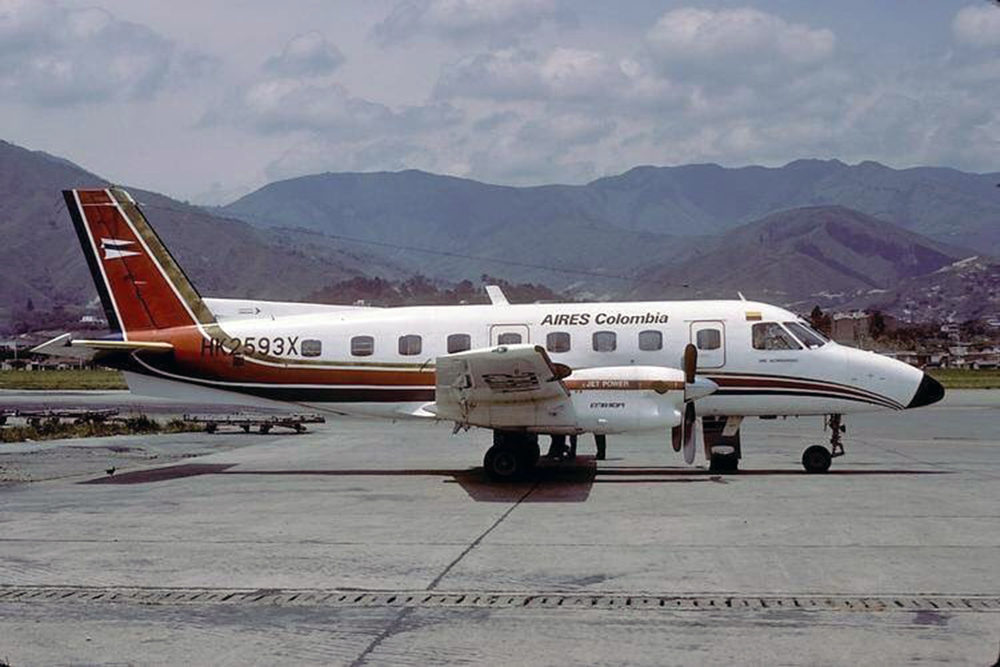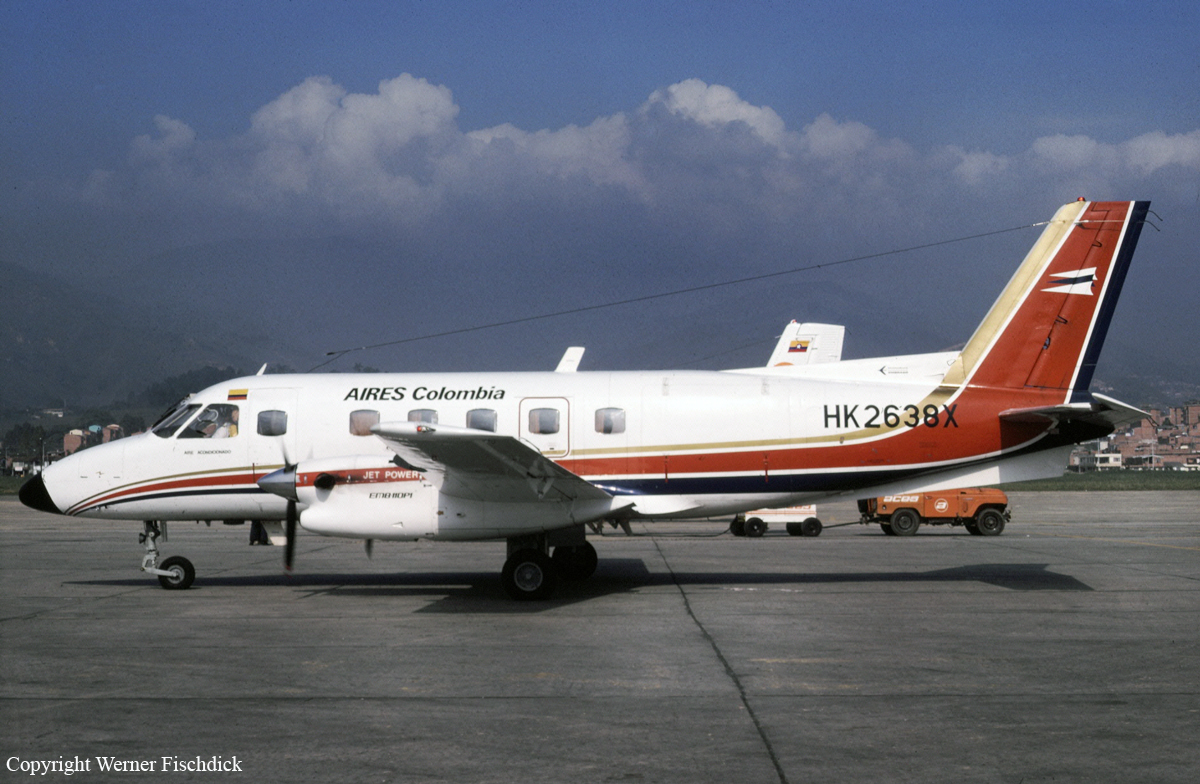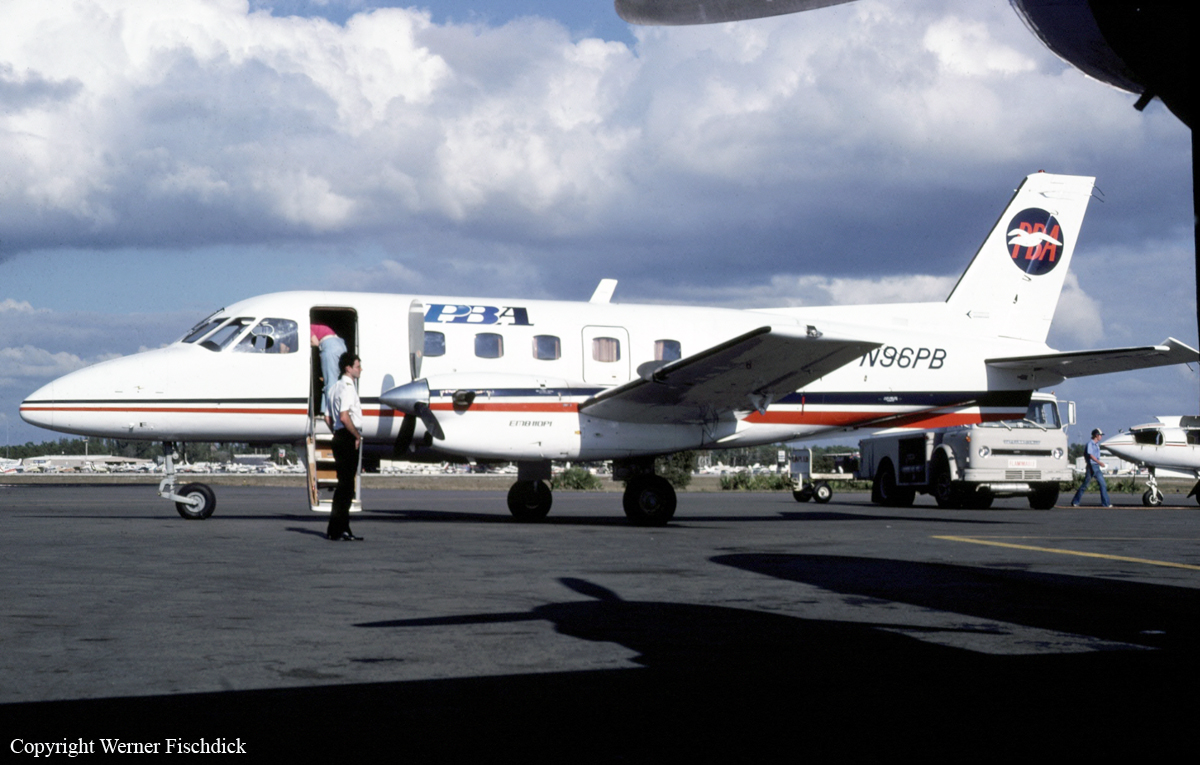Crash of an Embraer EMB-110P1 Bandeirante in Germiston: 17 killed
Date & Time:
Mar 1, 1988 at 1728 LT
Registration:
ZS-LGP
Survivors:
No
Schedule:
Phalaborwa – Johannesburg
MSN:
110-402
YOM:
1982
Flight number:
MN206
Crew on board:
2
Crew fatalities:
Pax on board:
15
Pax fatalities:
Other fatalities:
Total fatalities:
17
Circumstances:
On approach to Johannesburg-Jan Smuts Airport, the twin engine aircraft suffered an in-flight explosion, broke in two and crashed in a industrial area located in Germiston, about 13 km southwest from the airport. The cockpit was found about 250 meters from the main wreckage and all 17 occupants were killed.
Probable cause:
It was determined that the accident was the consequence of an in-flight explosion caused by the detonation of a bomb. A mineworker encountering marital and financial problems boarded the plane at Phalaborwa Airport with a bomb consisting of nitroglycerin and ammonium nitrate. He recently contracted an important life insurance.



